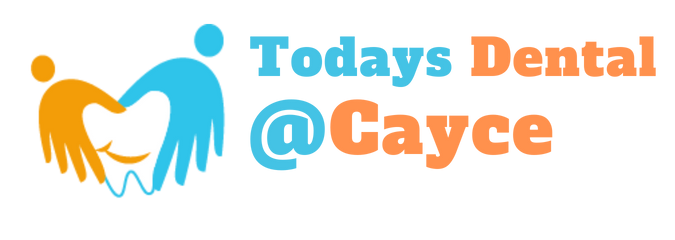
Tooth restoration is necessary whenever the structure, function or comfort of a tooth has been compromised. However, with many different tooth restoration procedures available, one may wonder what causes their dentist to choose one procedure over the other. For example, one may wonder why an Inlay and Onlay restoration is more appropriate than a filling?
Inlays and Onlays are types of tooth restorations used where tooth damage is extensive to allow the use of dental fillings. Yet not quite extensive enough to justify the use of a dental crown.
Meaning the tooth may be cracked or fractured, or have mild to moderate decay, and can not be strengthened with the filling.
Yet it has enough natural tooth structure remaining to not require the extra support given by a crown.
The Benefits of Inlays and Onlays
When considering whether a dental filling can work to restore a tooth, or whether an Inlay or Onlay is the more appropriate choice, your dentist will consider some of the benefits that it has over metal fillings. Some of these benefits include:
- Inlays and onlays can be more durable and long-lasting than fillings. They are made to withstand normal biting forces and can last up to three decades when well cared-for.
- Where metal fillings can reduce the strength of teeth by as much as 50%, Inlays and Onlays can improve the strength by as much as 75%.
- Metal fillings often have to be removed and replaced. Also it is not unusual for the dentist to discover the tooth needs more restoration or support than it was receiving through filling.
- In contrast, Inlays and Onlays can actually prolong the life of natural tooth structure. Also reduce the chance of further restoration treatment becoming necessary in the future.
What are Inlays and Onlays
A dental Inlay is not dissimilar to a traditional filling, and usually fits inside the cusp tips of the tooth. A dental Onlay, however, is a bit larger, and extends over the cusp tips of the tooth. To place one, your dentist will:
- First, administer local anesthesia to ensure you are as comfortable as possible throughout the procedure.
- Second, he will remove any old fillings and clean up the tooth as is necessary to remove any decay or damaged tooth structure.
- Third, he will take a dental impression of the tooth, which will be sent to a dental laboratory so the inlay or onlay can be custom-made to fit that tooth.
- In the interim, the dentist will place a temporary Inlay or Onlay over the prepared tooth to protect it.
Inlays and Onlays are commonly made out of porcelain. Since this can be closely matched to your natural tooth color it will therefore blend in when placed in your mouth. However, they can also be made out of composite resin or gold to provide additional strength. Your dentist will discuss with you the material that will work best, and send this information to the dental laboratory along with the impressions of your tooth.
During the second visit, the dentist will remove the temporary Inlay or Onlay and place the permanent ones. Once they have determined proper fit, they will cement it in place with a strong resin adhesive. Though it is not unusual for it to feel odd for a short time after placement, it will soon feel natural and comfortable. Allowing one to speak and eat normally. Any sore or sensitive tissue around the tooth would resolve within a few days.
Caring for Inlays and Onlays
Inlays and onlays are best cared for through good oral hygiene habits. This includes:
- Brushing your teeth twice a day,
- Flossing your teeth once a day,
- Avoiding chewing on hard things, such as ice and pencils, and
- Visiting your dentist every six months for examinations and cleanings.
For more information about inlays and onlays, Contact Todays Dental Now.





